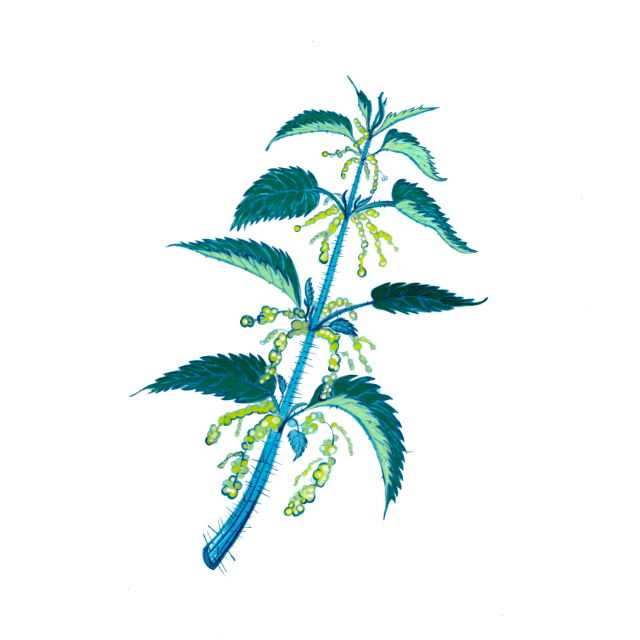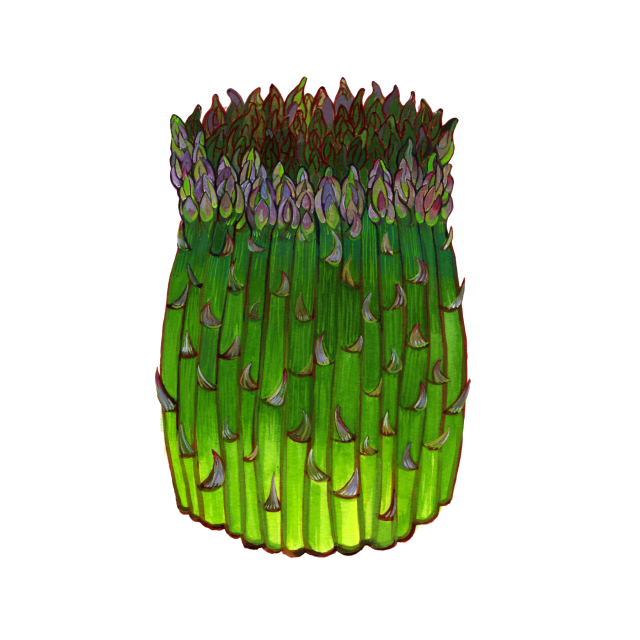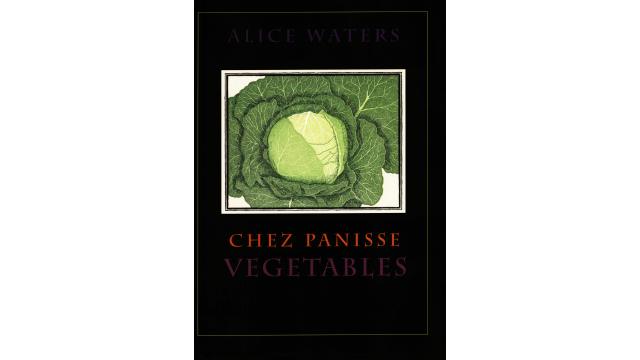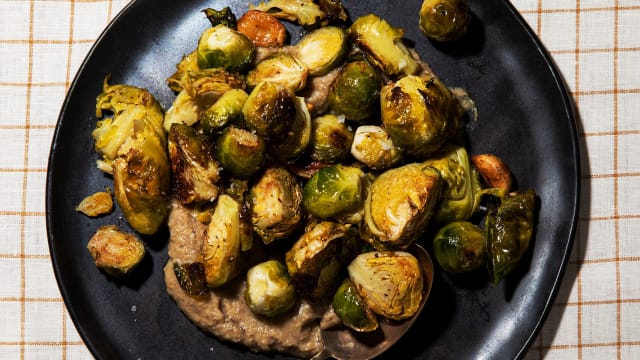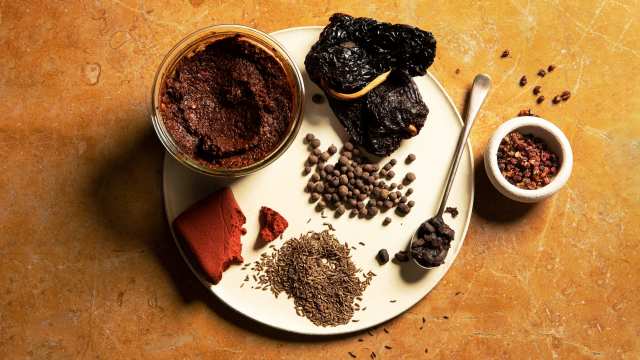Cress
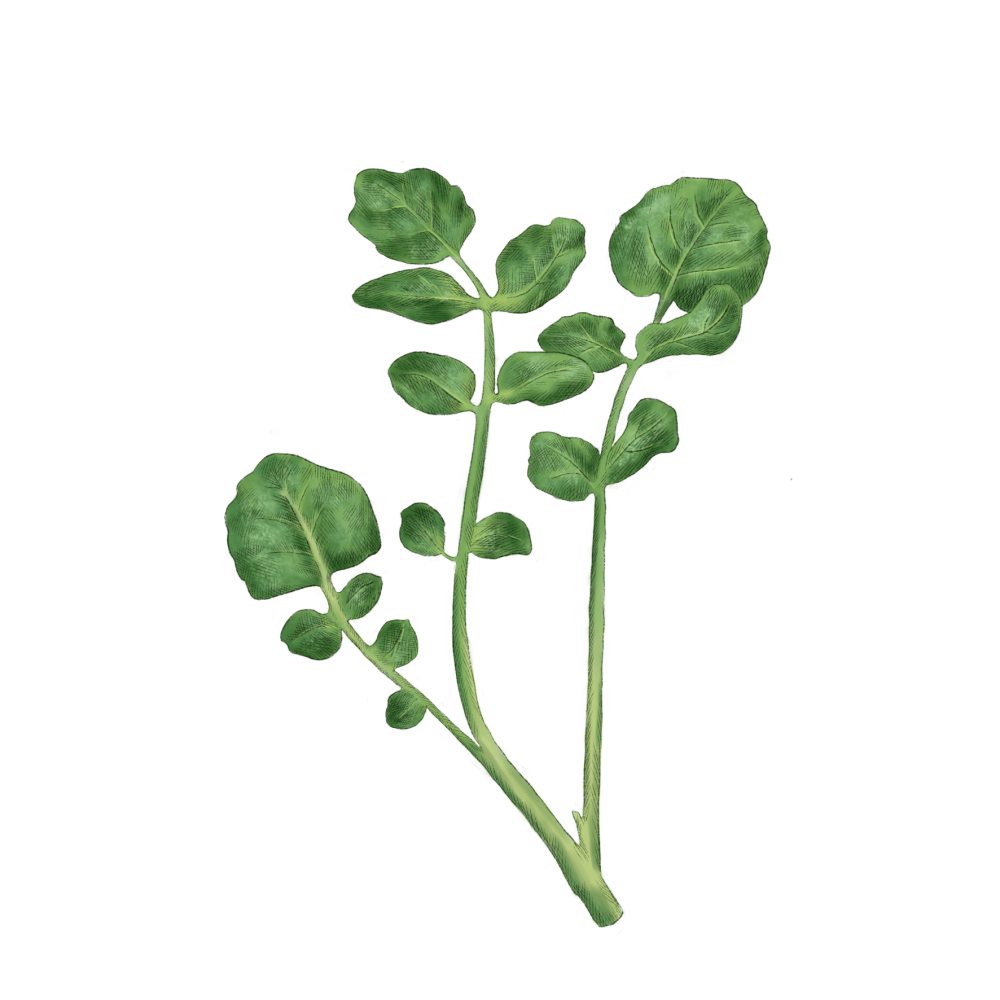
Latin name: Lepidium sativum
Other names: garden cress
Uses: vegetable
What is cress?
Garden cress is a tender, fast-growing mustard family herb that you can sometimes find in well-stocked greengrocers and Korean markets near the microgreens and sprouts.
Why is cress healthy?
Like all mustards, cress is an excellent source of nutrients: vitamins (A, several Bs, C, K), minerals (copper, manganese, iron, phosphorus, potassium), and essential fatty acids (linolenic and arachidonic). Cress seed oil is one of the richest sources of omega-3 fatty acids.
What does cress taste like?
Cress has a fresh, peppery flavor like radish sprouts and nasturtium (both related plants) and a texture similar to baby spinach.
How do I prepare cress?
You can generally use garden cress as analog for watercress in sandwiches and salads. A cress purée is perfect with poached eggs, or pile it on thick buttery toast with a finely chopped hardboiled egg. Its spicy bite is tamed with dairy: butter, cream, buttermilk, and crème fraîche, which is probably why it’s also so good at brightening up springtime bisques and buttery risottos.
What does cress pair well with?
Cress is a beautiful complement to other green springtime things like nettles, asparagus, ramps (and other spring onions), and pea shoots. It’s also gorgeous with fresh eggs — the egg-and-cress sandwich is classic for a reason. Cress also loves Meyer lemons.
Where does cress grow?
Cress is commercially grown in cool, damp soils of the Netherlands, Scandinavia, England, and France. You really should consider growing your own cress — the sprouts can be harvested within a week, and the plant fully matures in just over a month.
How to buy cress:
A good specimen will have firm, glossy, dark green leaves. Keep them in a produce bag in the vegetable drawer of your fridge and use them within a couple days. If you can’t find it in stores, try growing your own — it’ll grow in any sprouts kit or canning jar.
Fun cress fact:
As a springtime crop, cress is one of the seven herbs of the traditional Hessian dish, Grüne Soße (“green sauce”). The other herbs are chervil, chives, parsley, borage, sorrel, and salad burnet. The sauce is traditionally served in the springtime with boiled eggs and new potatoes to be enjoyed with a glass of apple wine. It’s an emblem of the Christian holiday Green Thursday (aka Maundy Thursday, celebrated near Easter), but it likely has much deeper pagan roots.
